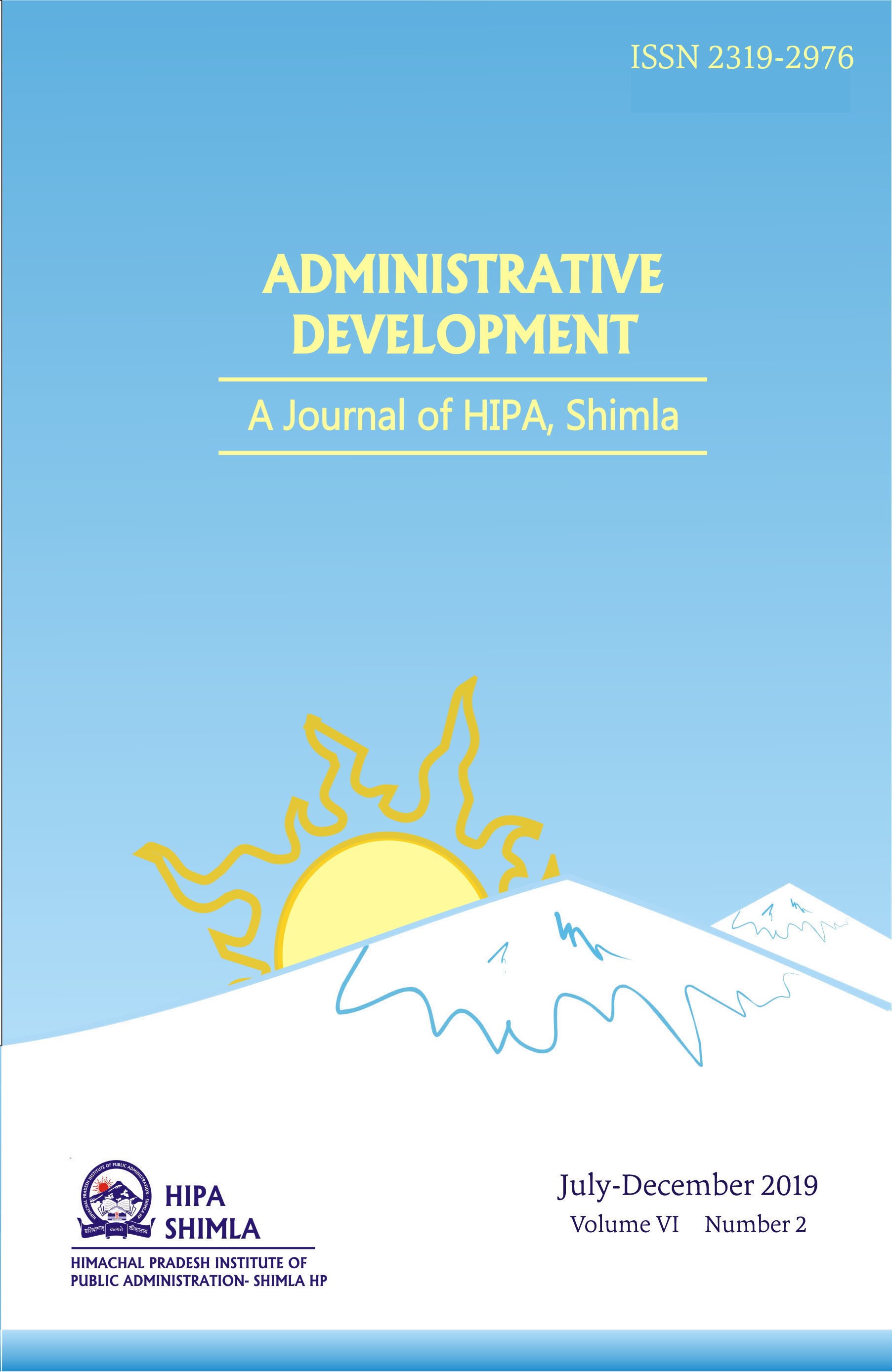ECONOMIC TRENDS OF MIZORAM IN POST GLOBALIZATION PERIOD
Keywords:
Globalization, Economic, Trend, Impact, Development, Impact, IncomeAbstract
The impact of globalization has been witnessed in almost all spheres of our day to day life and economy. It has positive impact as well as negative impact on the economic, social, cultural and political spheres. From the available literature it is found that different scholars and various thinkers have perceived the impacts of globalization in different ways. In the present study on the “Economic Trends in Mizoram in Post Globalization Period” an attempt wasmade to answer some of the questions like impacts and changes on the economic developments of the Mizoram, income levels, occupational structure and sectoral shifts in the economy of Mizoram. In India, the process of structural adjustment started in the late 1970s at the insistence of International Monetary Fund and intensified in the 1980s, got a new phrase for itself as economic reforms and took full swing since 1991. The New Economic Policy or Policy of Globalization initiated since 1991, has drawn the attention of supporters and critics alike. For the present study, the term globalization has been taken in economic sense only. An attempt was made to understand the development and impact of globalization on different dimension of socio-economic life in India. The available literature supports the population view of some of the positive and negative trends of globalization as emerging from macro level and secondary data based analysis.

Downloads
Published
How to Cite
Issue
Section
License
Upon acceptance of an article, authors will be asked to complete a 'Journal Publishing Agreement'. An e-mail will be sent to the corresponding author confirming receipt of the manuscript together with a 'Journal Publishing Agreement' form or a link to the online version of this agreement.
Subscribers may reproduce tables of contents or prepare lists of articles including abstracts for internal circulation within their institutions. Permission of the Publisher is required for resale or distribution outside the institution and for all other derivative works, including compilations and translations. If excerpts from other copyrighted works are included, the author(s) must obtain written permission from the copyright owners and credit the source(s) in the article. As a general rule, permission should be sought from the rights holder to reproduce any substantial part of a copyrighted work. This includes any text, illustrations, charts, tables, photographs, or other material from previously published sources.
This journal permits and encourages authors to post items submitted to the journal on personal websites or institutional repositories both prior to and after publication, while providing bibliographic details that credit, if applicable, its publication in this journal.
